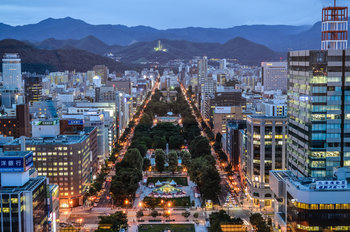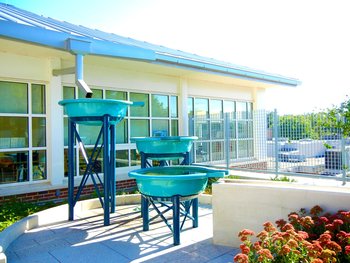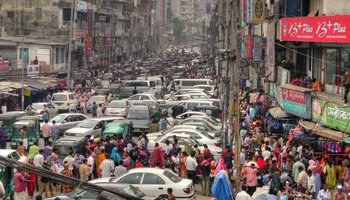
Backyard Gardens
Growing food on the property of a home. This often involves sharing food with family, friends and neighbors as it typically results in a surplus at harvest time. Alternatively, foods can be preserved and stored.Street Landscaping
Landscaping streets such as living street design for mixed use. This may include community gardens that are managed by a neighborhood.Tactical Gardens
Using small available spaces for agriculture in a practical and quick way that doesn't involve great expensive. For example, a keyhole garden that replaces a parking spot on a street.Greenhouses
Residential, community or commercial greenhouses.Forest Gardening
Gardens in urban forests that may include diverse crops such as fruits, nuts, herbs and vegetables.Rooftop Gardens
Using space on roofs to grow food. Green roofs may reduce urban heat islands and help to improve air quality.Green Walls
Using the space on internal and external walls to grow food.Vertical Farms
The potential to build farms upwards to reduce the land footprint of agriculture.Animal Husbandry
Raising animals for food. For example, cities that allow residents to raise a limited number of chickens.Urban Beekeeping
Urban beekeeping is a reasonably common hobby that may have benefits for the local environment.Aquaponics
Raising aquatic animals such as fish. In a city, this is typically accomplished by capturing stormwater to create a self-sustaining system.| Overview: Urban Agriculture | ||
Type | ||
Definition | The practice of cultivating and distributing food in a city. | |
Related Concepts | ||
























